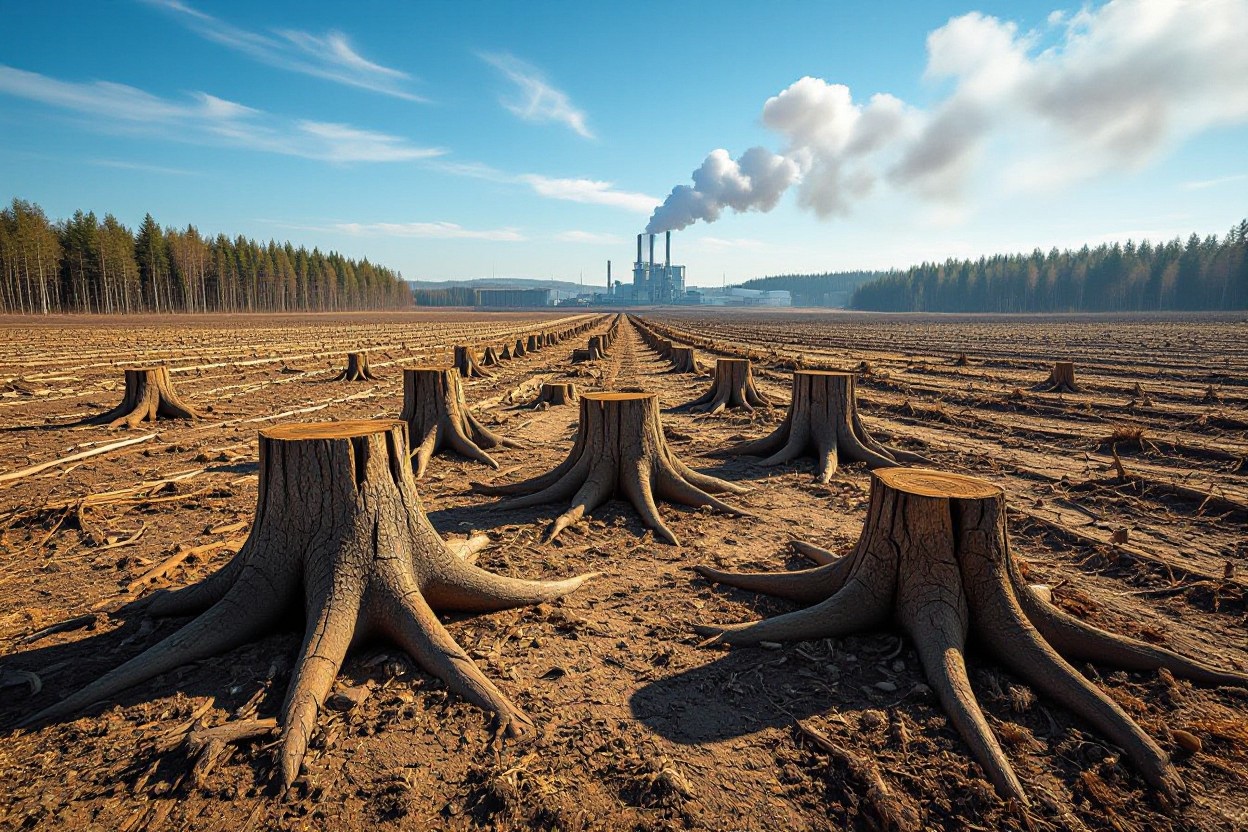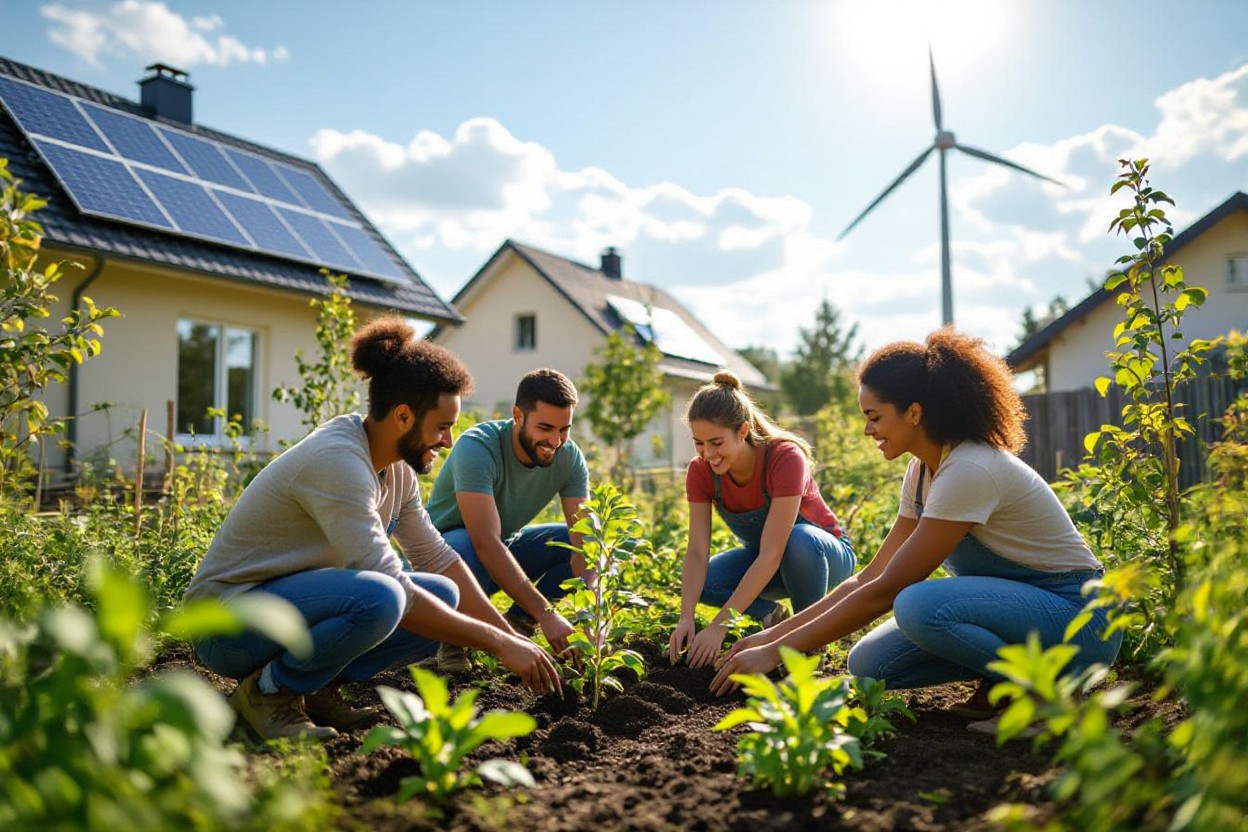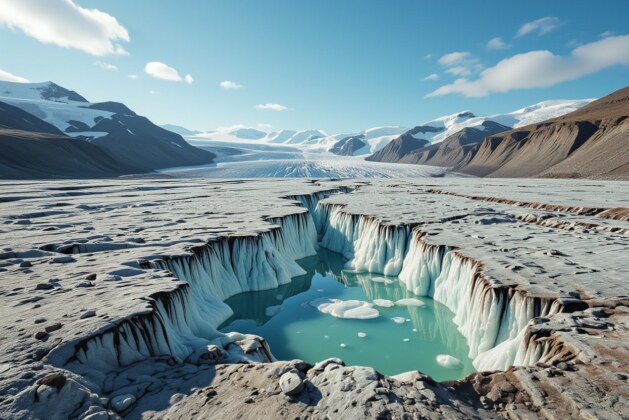Many people grapple with the complex reality of climate change, an issue that poses profound risks to our planet’s delicate ecosystems and human societies alike. As I explore this guide, I’ll help you understand how rising greenhouse gases drive global temperatures upward, triggering extreme weather and ecological upheaval. Yet, within this daunting challenge lies the opportunity for innovative solutions and collective action. By grasping the science and consequences of climate change, you equip yourself to engage in shaping a more sustainable and resilient future for Earth.

The Science of Climate Dynamics
The complex interplay between atmospheric circulation, ocean currents, and solar radiation drives our planet’s climate system. Changes in these components can trigger feedback loops that either amplify or dampen warming trends. For instance, variations in sea surface temperatures influence atmospheric pressure patterns, affecting weather extremes globally. This dynamic interplay explains why regional impacts of climate change differ significantly. A grasp of these mechanisms reveals not just the present changes but also long-term climate trajectories, enabling you to understand projections beyond simple temperature rise.
Greenhouse Gases and Their Role
Greenhouse gases like carbon dioxide (CO2), methane (CH4), and nitrous oxide (N2O) trap infrared radiation emitted from Earth’s surface, warming the atmosphere. Since the Industrial Revolution, CO2 levels have increased from around 280 ppm to over 420 ppm, amplifying the natural greenhouse effect. Methane, though less abundant, has a global warming potential roughly 28 times that of CO2 over a century. This enhanced greenhouse effect leads to global temperature rise, sea-level rise, and altered weather patterns—hallmarks of the ongoing climate crisis.
The Ice-Albedo Effect: A Tipping Point
Ice and snow surfaces reflect a significant portion of sunlight, a process known as albedo. As global temperatures rise, melting polar ice reduces this reflectivity, causing more solar energy absorption by darker ocean or land surfaces. This feedback accelerator results in increased warming and further ice loss, threatening entire ecosystems reliant on polar climates. The Arctic has lost nearly 40% of its summer sea ice extent since 1979, illustrating this dangerous cycle in action.
Expanding on the Ice-Albedo Effect highlights its role as a feedback loop that can hasten climate change beyond linear predictions. As ice diminishes, the reduction in albedo causes the planet to absorb an additional estimated 0.1 to 0.3 watts per square meter of solar energy. This extra heat amplifies melting, pushing the Arctic region toward a potential ice-free summer by mid-century. The resulting disruption extends beyond temperature rise, affecting ocean circulation patterns like the Atlantic Meridional Overturning Circulation (AMOC), with global ramifications for weather and marine life. Such nonlinear responses emphasize why the Ice-Albedo Effect represents one of the planet’s most dangerous tipping points.

Historical Context: Patterns of Change
The Earth’s climate has experienced significant fluctuations over millions of years, shaped by a blend of natural forces such as volcanic activity, solar cycles, and orbital variations. These patterns of change reveal periods of warming and cooling well before industrialization. Ice core samples and sediment data highlight dramatic shifts like the Ice Ages, triggered by gradual alterations in Earth’s orbit known as Milankovitch cycles. Understanding these natural rhythms helps distinguish the recent acceleration in warming, primarily linked to human activities. This historical perspective frames the current climate crisis as unprecedented in speed and scale.
Natural Climate Variability vs. Anthropogenic Factors
Natural climate variability arises from mechanisms like solar radiation changes, volcanic eruptions, and oceanic patterns such as El Niño. Meanwhile, anthropogenic factors—most notably greenhouse gas emissions from fossil fuel combustion, deforestation, and industrial processes—have disrupted Earth’s equilibrium. Scientific consensus estimates that over 95% of recent global warming stems from human influences. This distinction is vital for policy and mitigation strategies, which must address anthropogenic drivers while accounting for natural variability’s complexity.
Key Milestones in Climate Policy and Awareness
Landmark agreements like the 1992 Earth Summit’s UNFCCC, the Kyoto Protocol in 1997, and the 2015 Paris Agreement signify growing international recognition of climate change. Public awareness surged following the IPCC’s comprehensive assessments, including the 2007 Nobel Peace Prize acknowledgment. Grassroots movements, scientific advances, and media coverage have pressured governments to set emissions targets and invest in renewable energy. This evolving policy landscape reflects a global attempt to mitigate impacts, though implementation remains inconsistent across regions.
Examining these milestones reveals a trajectory from early scientific warnings to formal, binding treaties aiming to curb greenhouse gas emissions. The establishment of the IPCC in 1988 provided robust assessments, influencing policy decisions worldwide. Kyoto introduced legally binding targets but faced criticism over limited participation and enforcement. The Paris Agreement marked a paradigm shift by enabling nationally determined contributions, emphasizing voluntary but transparent commitments. Public mobilization, exemplified by youth-led initiatives like Fridays for Future, has also reshaped political agendas. This shifting context underscores the interplay between scientific evidence, diplomacy, and societal pressures in addressing climate change.
The Economic Impact of Climate Disruption
The economic consequences of climate disruption reverberate through every sector, undermining growth and stability. From escalating health costs with heatwaves to insurance losses caused by extreme weather events, nations face mounting financial burdens. Agriculture faces unpredictable yields, disrupting food supply chains and inflation rates. Infrastructure damage from rising sea levels demands billion-dollar repairs or replacements, disproportionately affecting vulnerable communities. These compounding effects threaten global markets, increasing volatility and jeopardizing long-term development goals.
The Cost of Inaction: Future Economic Scenarios
If greenhouse gas emissions continue unabated, models predict a global economic loss up to 10% of GDP by 2050, driven by disrupted supply chains, labor productivity drops, and disaster recovery costs. Countries lacking adaptive capacities suffer the most, amplifying inequality and political instability. Such scenarios highlight a trajectory where rising temperatures inflict chronic economic shocks, eroding investments and livelihoods without urgent intervention.
Opportunities for Green Innovation and Sustainable Growth
Emerging technologies in renewable energy, energy-efficient infrastructure, and carbon capture offer pathways to decouple economic growth from emissions. The global green economy, already valued at $12 trillion, is projected to create millions of jobs while enhancing resource efficiency and resilience. Investing in these sectors yields dividends by fostering innovation, opening new markets, and reducing reliance on finite fossil fuels.
Diving deeper, green innovation catalyzes transformation in transportation with electric vehicles cutting operational costs and emissions simultaneously. In agriculture, precision farming technologies increase yields while conserving water and soil. Circular economy principles minimize waste, reducing input costs across manufacturing. Stimulus packages in countries like Germany and South Korea demonstrate how public investment can accelerate clean energy adoption, providing both economic stimulus and long-term sustainability. Thus, aligning fiscal policies with environmental goals shapes a future where economic and ecological health coalesce rather than conflict.
Human Health and Climate Interactions
Climate change disrupts the intricate balance between environment and human health, manifesting in increased respiratory problems, heatstroke, and vector-borne diseases. Elevated temperatures exacerbate air pollution and foster the spread of pathogens like the West Nile virus, directly impacting vulnerable systems. I find the interplay between rising greenhouse gases and allergen proliferation particularly alarming, signaling a potential surge in asthma and allergies. These health hazards extend well beyond individual cases, straining healthcare infrastructure globally as we confront these emerging medical challenges.
The Direct Health Risks of Climate Change
Rising global temperatures have precipitated a spike in heat-related illnesses, with heatwaves now responsible for tens of thousands of deaths annually, especially among the elderly. I observe a disturbing trend: warmer conditions expand the habitats of disease vectors such as mosquitoes, increasing malaria and dengue fever transmission. Additionally, extreme weather events lead to injuries and drowning, while air pollution exacerbated by climate change worsens cardiovascular and respiratory diseases. These direct impacts sharply elevate health risks worldwide, undermining decades of progress in public health.
Vulnerability of Populations and Inequitable Outcomes
Disadvantaged groups bear the brunt of health risks induced by climate change due to limited access to resources, healthcare, and adaptive infrastructure. In low-income regions, undernourishment worsens as climate shocks disrupt food systems, amplifying susceptibility to diseases. Indigenous communities often face compounded risks given their close relationship to fragile ecosystems. I see acute disparities where the richest contribute least to emissions yet experience fewer health repercussions, highlighting a profound global injustice in climate health impacts.
Deepening these inequities, social determinants like housing quality, occupational exposure, and pre-existing health conditions disproportionately affect marginalized populations during climate crises. For instance, urban heat islands intensify heat exposure for residents in densely populated, neglected neighborhoods, sometimes leading to mortality rates twice as high as in affluent areas. Limited healthcare access further undermines their ability to cope with climate-exacerbated illnesses. Mitigating these inequities requires targeted public health policies and equitable redistribution of resources designed to reduce vulnerability and enhance resilience within these at-risk groups.

Navigating Climate Solutions: A Toolkit for Change
Your pathway through the complex challenge of climate change lies in a multifaceted toolkit—combining science, innovation, and collective action. Solutions range from renewable energy adoption to sustainable agriculture, offering tangible practices to reduce our carbon footprint. Understanding which tools fit best within your community’s context empowers targeted, effective change. The diversity of options highlights the fact that no single fix exists; rather, we must employ an ecosystem of strategies to drive global progress.
Mitigation Strategies: What Works?
Among the myriad mitigation techniques, reforestation and energy transition top the list with verified impact. Restoring forests captures up to , while shifting to solar and wind energy has cut power sector emissions by around 10% in countries like Germany over the past decade. Carbon pricing and efficiency standards also demonstrate measurable decreases in emissions. A combination of these targeted approaches bolsters resilience by addressing the problem from multiple angles.
The Role of Policy, Technology, and Community Engagement
Effective climate action hinges on the intersection of policy frameworks, technological advancement, and active community involvement. Policies such as the European Green Deal catalyze investment in clean technologies, while innovations in battery storage and carbon capture enhance mitigation capacity. Community-led initiatives reinforce adaptation and awareness, weaving resilience into the societal fabric. This synergy transforms isolated efforts into systemic momentum.
To examine deeper, policy mechanisms establish the legal and financial structures that motivate carbon reduction. For example, the introduction of carbon taxes in British Columbia has reduced fuel consumption by nearly 16%. Technological breakthroughs in direct air capture are beginning to remove carbon efficiently, demonstrating scalability potential. Meanwhile, community engagement—through local resilience projects and educational campaigns—ensures the public not only supports but actively participates in climate solutions. Only by uniting these three spheres can we build the robust, agile response that climate change demands.
Final Words
So, in exploring What is Climate Change? A Comprehensive Guide to Understanding Our Planet’s Future, I urge you to consider the intricate balance of Earth’s systems and the profound impact our actions have. I believe that grasping the science behind climate change empowers you to engage thoughtfully with the challenges ahead. Together, your informed decisions and curiosity can help shape a sustainable future for our planet, as we navigate the complexities of an evolving climate with both humility and determination.





Leave a comment